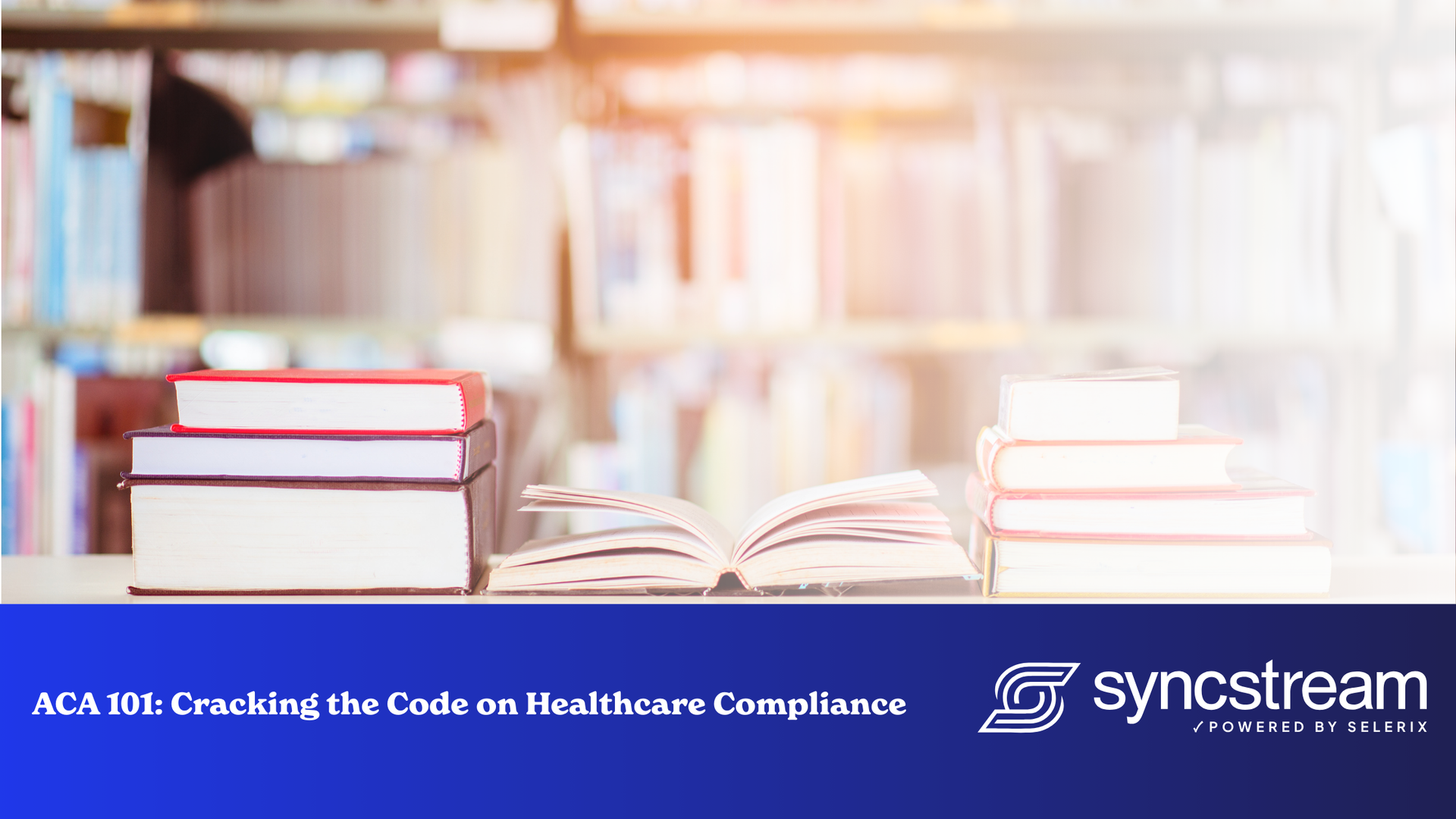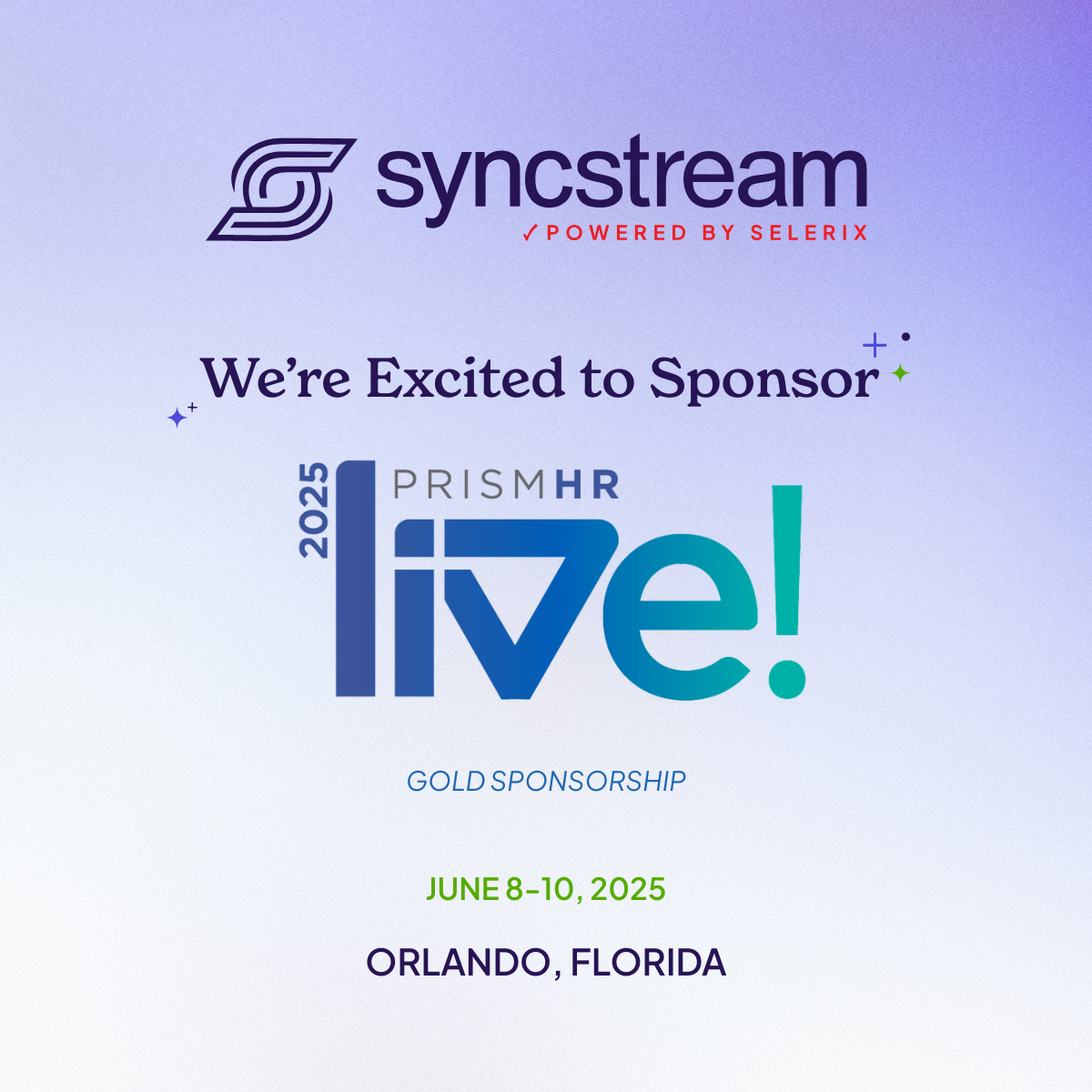The Top 5 Issues of Compliance and Reporting Solutions- Part 2
The Top 5 Issues of Compliance and Reporting Solutions
Part 2 of a 3 part series about ACA Reporting Issues from multiple perspectives.

The following issues should be reviewed when shopping for an ACA compliance solution.
1. Data is the heart of any solution, and the output is only as good as the input.
Any compliance solution should have data rules in place that notify employers of common-sense mistakes. Many solutions on the market today do not have business rule parameters in place which can lead to incorrect tracking and reporting. Employers can find themselves at filing time trying to clean up data that should have been flagged before the worst possible time of the year. Some examples of common data mistakes that if not flagged upon import can cause potential coding issues or IRS penalties include:
- Employee names too long for the IRS forms. The XML filing submitted to the IRS has definitive character lengths. If not caught ahead of time, this can lead to reporting errors.
- Zip Codes must be 5 digits, otherwise the IRS filing will have an error.
- Employee Hire Dates that come after a termination date.
- Rehire dates for previously terminated employees are required to accurately track variable hour employees. Systems that fail to flag this data are likely not tracking rules of parity per the regulations.
2. Compliance solutions must evolve with the regulations and the reporting changes year over year.
The IRS provides new filing schemas every year and any software platform must be keeping up with those requirements. Past history has shown that many platforms are not keeping up with those changes and clients experience filing issues at crunch time. Solutions that are up to par should have at least a 95% acceptance rate for IRS filings.
In addition, there are new state filing requirements coming online every year. Many compliance platforms are choosing to stay out of the state filings because of the necessary work to update software to meet the differing requirements for each state. This can leave employers needing additional software just for state filings.
3. Accurate tracking has been a major hurdle for many software platforms.
First, there are two methods for tracking variable hour employees, but these options are not available in every software platform. Employers should be certain the measurement method needed is available to avoid costly penalties. The regulations do not allow for changing the chosen method except under very strict circumstances.
Second, the rules of parity, or otherwise known as the 13 weeks service break, must be adhered to so that rehired employees are not penalized with hours of service. This rule states that any employee that terminates with their employer but returns to service within 13 weeks of the termination must fall back into the measurement period they were in when the employee terminated with all previous hours in that measurement period being applied for calculation of ACA status. This rule is not implemented in many software solutions on the market.
4. Past year filings are necessary for many large employers but few compliance solutions offer this ability.
Employers may not have realized that they needed to report or just choose not to report. When the IRS comes calling, employers need an outlet to remedy the failure to file. If the software being utilized is unable to submit past year reporting files, the employer can find themselves having to hunt for a temporary and costly solution.
5. ACA “Light” is not the bargain it appears to be.
There are many solutions on the market that fail to meet the full reporting suite mark. Light solutions may track and allow employers to input data but come filing time, do not apply coding to the 1095-C forms. Instead, they leave it to the employer to choose the codes for Line 14 and Line 16. As we mentioned in our previous blog, the IRS coding tells a story, and an incorrect or incomplete story can mean thousands of dollars in penalties later.
Additionally, ACA “Light” solutions may also not have the ability to track employees and expect the employer to have tracked elsewhere prior to use of the system. This leaves a huge burden on the employer and most times the need for a second solution that will provide the tracking capability. ACA is difficult enough for compliance teams that inputting data in multiple platforms is both inefficient, labor intensive, and costly.
The issues of software solutions are easily remedied by choosing the right software platform. Employers should ask questions of the vendor to be certain all their needs can be met. Be sure that the software vendor has subject matter expertise behind the product to avoid the costly mistakes that can occur with all the issues outlined in this blog.
In part three of our series, we will look at the IRS filing system (AIR) and the issues that employers face when filing. These issues can be overcome and penalties can be avoided with the correct choices and guidance.
SyncStream has been filing since the first year of ACA reporting in 2015. Our staff are tenured, highly trained ACA subject matter experts. We remove the complexity of ACA compliance, offering the expertise, tools, and knowledge that guide businesses toward higher compliance, lower financial risk, and streamlined ACA reporting. SyncStream will give you the peace of mind that your compliance is in good hands. Contact us today.




